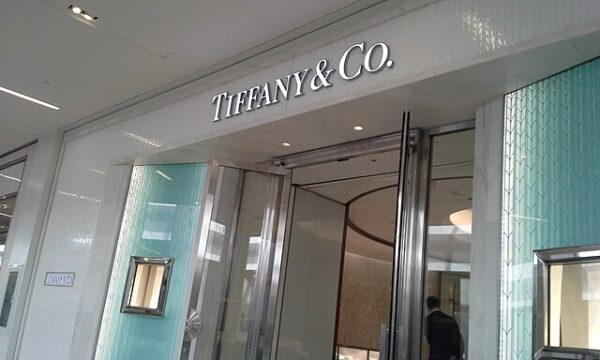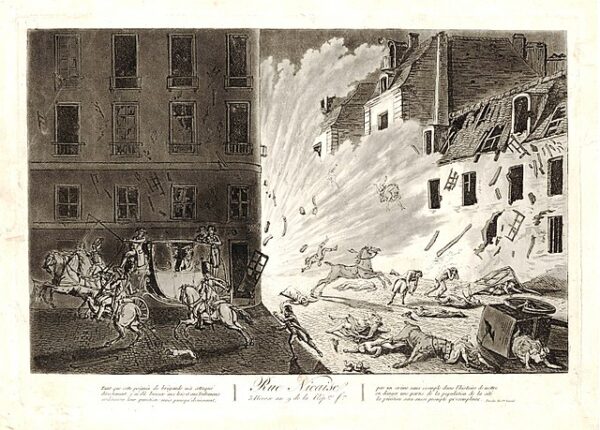On September 18, 1837, Charles Lewis Tiffany and his schoolmate John B. Young opened a store in New York City under the name “Tiffany & Young.” The establishment, located at 259 Broadway, was described as a “stationery and fancy goods emporium,” a phrase that reflected the broad range of products the store initially offered. The shop sold a variety of high-quality items, including stationery, home goods, and luxury gifts, catering to the burgeoning middle and upper classes in a rapidly growing New York.
Charles Lewis Tiffany, who would later be known as the “King of Diamonds,” was born in Killingly, Connecticut, in 1812. His father owned a cotton manufacturing company, which gave young Charles an early exposure to business. His partner, John B. Young, was a childhood friend with whom he shared a keen interest in entrepreneurship. Together, they pooled their resources, amounting to $1,000, a modest sum even for that time. Despite the limited capital, the partners were determined to establish a business that offered not only a wide range of products but also a superior shopping experience.
In the early days, Tiffany & Young’s inventory was eclectic, to say the least. The store stocked an array of imported luxury items, such as porcelain, glassware, cutlery, and clocks. These goods were sourced from Europe, where luxury and craftsmanship were highly esteemed. The store quickly gained a reputation for its exquisite selection, attracting a clientele that included the city’s elite. This initial success laid the groundwork for what would become an iconic American brand.
However, it wasn’t just the products that set Tiffany & Young apart; it was also their approach to business. Charles Tiffany was a visionary who recognized the importance of quality and brand reputation. From the outset, he insisted on offering only the finest products, believing that superior goods would ensure customer loyalty. This commitment to excellence became a hallmark of the Tiffany brand, influencing every aspect of the business, from product selection to customer service.
As the business grew, Tiffany & Young expanded their offerings to include jewelry, which would eventually become the store’s hallmark. In 1841, the firm was renamed Tiffany, Young & Ellis when J.L. Ellis joined as a partner. This period marked a significant shift in the company’s focus, as it began to specialize more in jewelry and luxury goods. By the mid-19th century, the store had become a destination for those seeking the finest jewelry in America. Charles Tiffany’s keen eye for quality and his business acumen led to the acquisition of some of the most valuable and famous diamonds in the world, further cementing Tiffany’s reputation as a leader in the luxury goods market.
One of the most notable milestones in the company’s history was the introduction of the “Tiffany Blue Book” in 1845, America’s first mail-order catalog. This catalog allowed customers from across the country to access Tiffany’s luxury goods, significantly broadening the company’s market reach. The distinctive Tiffany Blue color, associated with the catalog, would later become synonymous with the brand itself, representing elegance, exclusivity, and timelessness.
Tiffany & Co. continued to grow throughout the 19th century, becoming a leader in American luxury retail. The company’s dedication to quality and its innovative approach to marketing set it apart from competitors. By the time the store moved to its iconic Fifth Avenue location in 1940, Tiffany & Co. had already established itself as a symbol of luxury and sophistication, a reputation that endures to this day.






